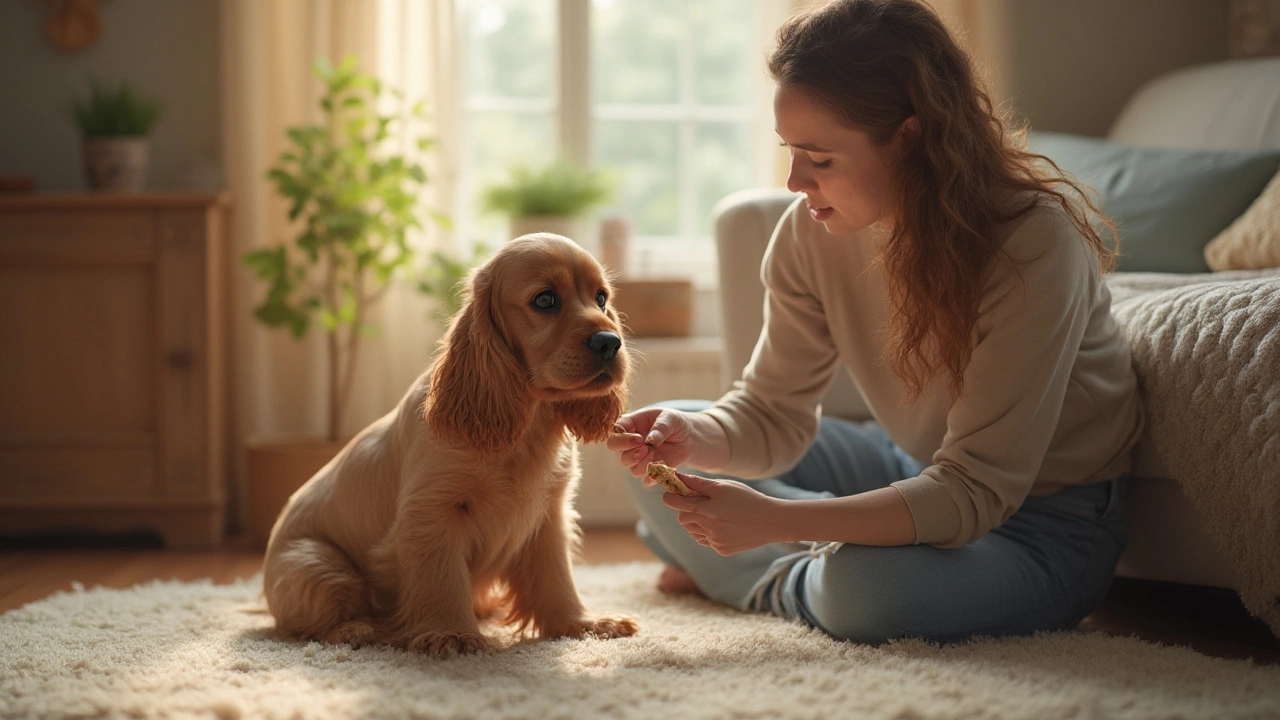Dog Grooming Care: Simple Tips for a Happy, Clean Pup
Good grooming isn’t just about looks – it’s a big part of keeping your dog healthy. A regular brush, bath, and nail trim can stop skin problems, ear infections, and painful mats before they start. Below you’ll find the basics you need to start a stress‑free grooming routine at home.
Essential Grooming Tools
First, gather the right gear. You don’t need a mountain of gadgets, just a few reliable items:
- Brush or comb: Choose a slicker brush for short coats and a pin brush for longer hair. A metal comb helps spot tangles you might miss.
- Dog‑shampoo: Pick a mild, pH‑balanced formula. If your dog has skin sensitivities, look for oatmeal or aloe‑based options.
- Nail trimmer: A scissor‑type or grinder works; start slow and reward calm behavior.
- Ear cleaner: Use a vet‑approved solution and a soft cotton ball – never insert anything deep into the ear canal.
- Toothbrush and toothpaste: Canine toothpaste (no human paste) keeps breath fresh and fights plaque.
Having these tools within arm’s reach makes each session smoother and reduces the chance of forgetting a step.
Building a Grooming Routine
Consistency beats intensity. A quick brush a few times a week removes loose hair and distributes natural oils, keeping the coat shiny. Schedule a full bath every 4‑6 weeks, unless your dog gets dirty more often. When you’re ready for a bath, use lukewarm water, soak the coat, apply shampoo, rinse thoroughly, and finish with a gentle conditioner if the hair is thick.
For nails, check them weekly. If you hear a click on a hard surface, the nails are getting long. Trim only the tip – a quick glance at the pink “quick” inside the nail helps you avoid cutting too deep. If you’re nervous, use a grinder on low speed; it sands down the tip without risking a cut.
Ear care is often overlooked. Scrub the outer ear with a cotton ball soaked in cleaner, never push into the canal. Look for redness or a strong smell – those signs mean you should see a vet.
Teeth need a quick brush once a week. Use a finger brush or a small dog toothbrush, and let your dog get used to the taste. Over time, you’ll notice fewer bad smells and less plaque buildup.
If your dog hates being handled, break each step into tiny sessions. A minute of brushing, a treat, then a short break – repeat until the whole routine feels normal. Positive reinforcement turns grooming from a chore into a bonding activity.
When you hit a snag – mats you can’t untangle or nails that keep bleeding – it’s okay to call a professional. Groomers have specialized tools and know how to work safely with anxious dogs. Use a groomer as a backup, not a replacement, to keep costs down.
Finally, keep a grooming log. Write down the date of each bath, nail trim, and ear clean. Over time you’ll see patterns, like how often your dog needs a brush or if a particular shampoo causes itching. A simple notebook or phone note does the trick.
With the right tools, a steady schedule, and a bit of patience, grooming becomes a quick, easy part of your week. Your dog stays clean, comfortable, and happy – and you’ll enjoy more cuddle time without the worry of mats or dirty paws.
Do Dogs Cry During Grooming? Dog Emotions and Grooming Explained
Discover if dogs cry during grooming, how they show stress, and the best ways to make grooming a calm, positive experience for your dog.
